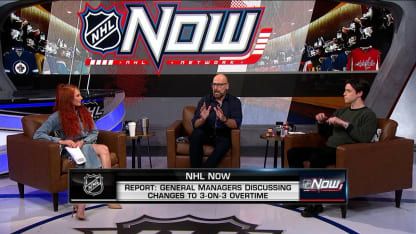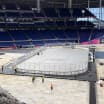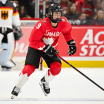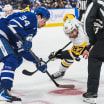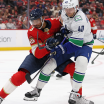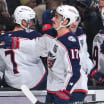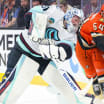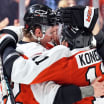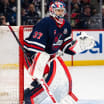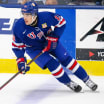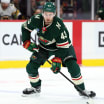TORONTO -- In an ongoing quest to enhance excitement on the ice, the NHL general managers spent part of their meeting Tuesday discussing potential improvements to specific areas of the game, including 3-on-3 overtime.
The conversations will continue with deeper, data-driven discussions when the GMs meet again for three days in March.
But Colin Campbell, the NHL senior executive vice president of hockey operations, said there is a growing concern about the regroup in 3-on-3 overtime, when teams cross the blue line with possession but pull it back out into the neutral zone to reset and retain possession.
Campbell said the strategy in overtime has evolved into being possession-based, but the GMs talked about the possibility that it is taking away from the excitement and chaos that 3-on-3 brought to the game when it was implemented for the 2015-16 season.
"There's two sides to look at it and I can fight on both sides; one is that it creates more offense and the other one, well, you don't attack enough," Arizona Coyotes GM Bill Armstrong said. "But when you do attack, you do attack with speed. You can play both sides of that argument."
Campbell said the talking points about overtime included potentially eliminating the ability to pull the puck out of the attacking zone once you cross the blue line and even about the possibility of adding a shot clock in overtime once a team has possession.
However, the question then becomes what is the consequence?
"We don't want to stop play," Campbell said. "We don't want to have face-offs. Unintended circumstances are always considered with these things."
Campbell said the GMs have not discussed the length of overtime or the potential of getting rid of the shootout because the 3-on-3 format is still working for what it was intended to do; end more games before the shootout.
Since 3-on-3 was instituted, 65.5 percent of the games that extend beyond regulation have ended in overtime as opposed to 43.2 percent from 2005-15.
"We don't mind the format," Campbell said.
The bigger question is, does the data, including shot attempts, scoring chances and possession changes support keeping things status quo, or should there be changes made?
"That's what you're looking at, delay and keeping the puck versus what would possession changes do if you were forced to have to attack, and does that create more excitement?" Buffalo Sabres GM Kevyn Adams said. "I think that's the conversation. It was more conversation-based today and probably it'll go deeper in March when you have more time at these meetings, when you have a few days. It's interesting for sure."


